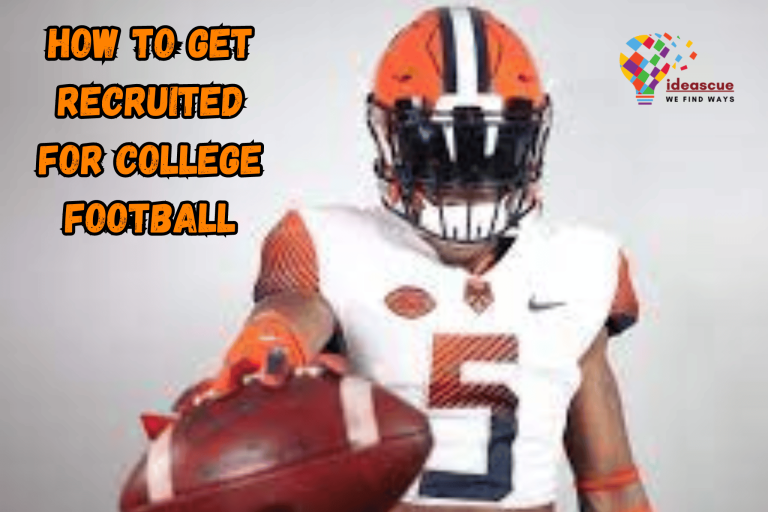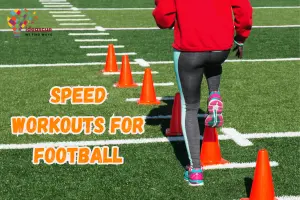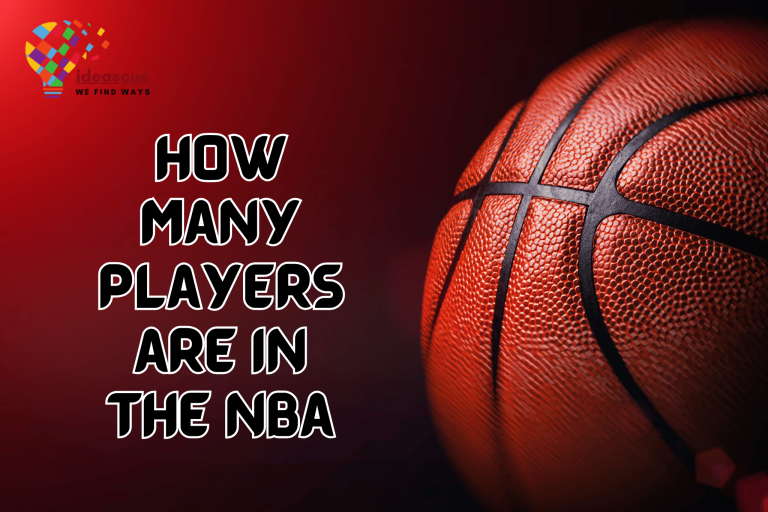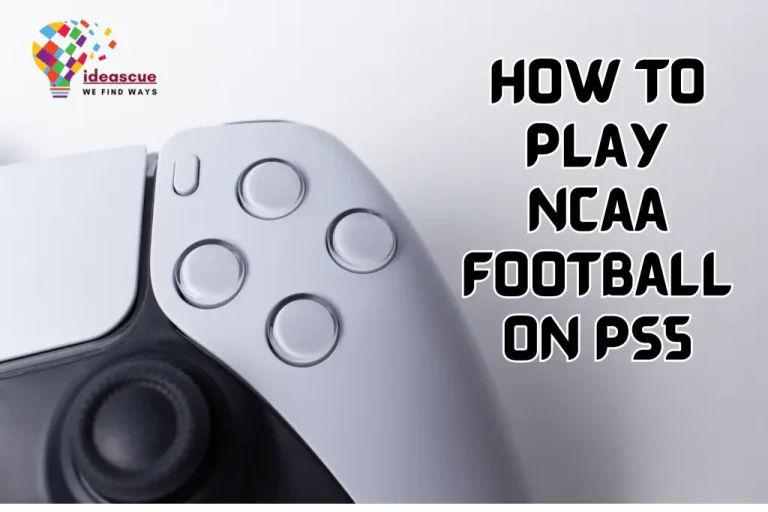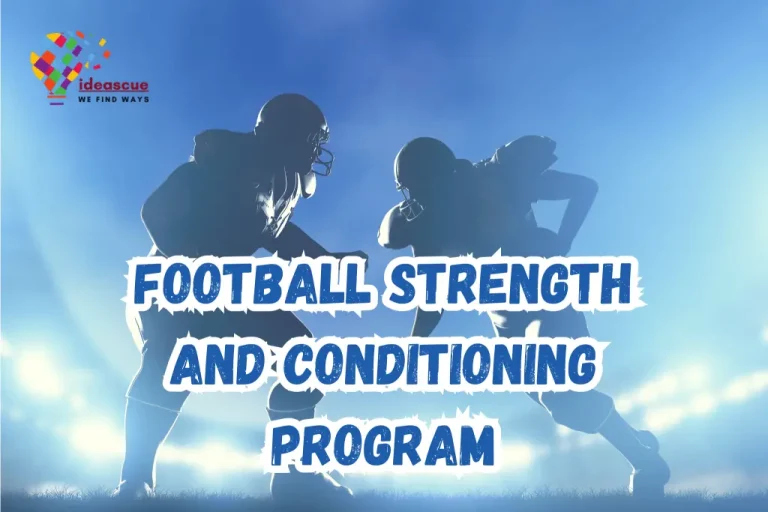What are Leg Workouts for Football Players?
Workouts targeting the legs of football players are essential for boosting their performance on the field. These exercises focus on building strength, agility, and speed, all critical for football. By incorporating specific leg workouts, players can significantly enhance their game.
In this guide, we explore various leg workouts tailored for football players. Each workout targets key muscle groups necessary for football, improving power, stability, and endurance.

Leg workouts for football players are a specialized set of exercises focused on building strength, power, and endurance in the lower body. These workouts are crucial as they enhance a player’s ability to sprint, jump, and tackle effectively on the field. Tailored leg workouts for football players target different muscle groups, including quads, hamstrings, calves, and glutes, ensuring comprehensive lower body strength.
The Importance of Leg Workouts for Football Players:
Leg workouts are pivotal for football players because they directly impact performance on the field. Strong legs enable players to sprint faster, jump higher, and maintain balance during physical confrontations. These workouts not only increase muscle mass and strength but also reduce the risk of lower body injuries, a common concern in football.
Lower-Body vs. Upper-Body Results:
Understanding the balance between lower and upper body workouts is crucial for football players. While upper body strength contributes to overall power and tackling ability, the lower body is where the game’s core strength lies.
Leg exercises for footballers develop speed, agility, and endurance, giving players the explosiveness and stability needed on the field, which is why they often take precedence in training routines.
How to Attain Peak Leg Strength for Football?
To achieve maximum leg strength, players must engage in a diverse set of exercises that address various facets of leg strength and conditioning. This includes power exercises for explosiveness, strength exercises for muscle building, and endurance workouts for stamina.
Consistency, proper technique, and progressively increasing the intensity of workouts are key to maximizing leg strength for football.
Lower body pull exercises list below:
Jump Rope & Tuck Jump:
Jump Rope:
Jump rope is one of the pull exercises lower body, a classic conditioning exercise that improves cardiovascular fitness, coordination, and footwork – all essential for football.
It’s a low-impact workout that effectively increases stamina and agility. Regular jump rope sessions can lead to quicker feet, better coordination, and improved endurance on the field.
Tuck Jump:
Tuck jumps are high-intensity plyometric exercises that develop explosive power in the legs.
This exercise involves jumping high and tucking the knees towards the chest mid-air, which enhances the explosive leg workouts for football needed for sprints and high jumps in football.
Romanian Deadlift (Single & Double Leg):
Explosive leg lifts boost lower body power for actions like quick acceleration and vertical jumps in football. Below are explosive lower body workout list:
Single-Leg Romanian Deadlift:
This version of the Romanian deadlift concentrates on one leg individually, enhancing balance and unilateral strength. It engages the hamstrings, glutes, and lower back muscles that are essential for powerful kicks and sprints. This exercise also helps in correcting muscle imbalances, reducing the risk of injuries.
Double-Leg Romanian Deadlift:
The double-leg version increases the overall load on the lower back, hamstrings, and glutes. It’s excellent for building the strength needed for explosive movements and endurance on the football field. This exercise also enhances core stability, which is vital for maintaining balance during powerful movements.
Trap Bar Deadlift & Barbell Hip Lift
Trap Bar Deadlift:
The trap bar deadlift is a full-body exercise that particularly benefits the quadriceps, hamstrings, and glutes. The distinctive design of the trap bar permits a more upright posture, minimizing stress on the lower back while efficiently developing lower body strength. It’s crucial for developing the power needed for explosive starts and tackles.
Barbell Hip Lift:
This workout centers on the gluteal and hamstring muscles, key muscles for generating force in football. The barbell hip lift is excellent for improving hip thrust strength, which is essential for powerful sprints and jumps. It also aids in preventing lower back and knee injuries common in football.
Squats – Leg Workout for Explosiveness:
Barbell Back Squat::
The barbell back squat is a fundamental workout for developing lower body strength, with a specific emphasis on the quadriceps, hamstrings, and gluteal muscles. It’s essential for football players as it develops the power needed for sprints, jumps, and tackles.
Front Squat:
Front squats shift the focus more towards the quadriceps and core, offering a more upright position than back squats. This variation is crucial for developing the strength needed for quick, explosive movements in football.
Bulgarian Split Squat:
This exercise enhances balance and unilateral leg strength. It targets the quads, glutes, and improves hip flexibility, which are vital for maintaining stability and agility on the field.
Rear Foot Elevated Single Leg Squat:
This squat variation further challenges balance and focuses on each leg individually, which is important for improving unilateral strength and stability, crucial for agile movements in football.
Jump Squat:
Jump squats are designed to develop explosive power, critical for sprints and jumps in football. They help in increasing the athlete’s explosive strength and agility.
Pistol Squat:
The pistol squat is an advanced exercise that develops significant strength and balance in each leg independently. It is advantageous for football players as it improves balance, coordination, and unilateral leg strength.
Lunges Workout:
Dumbbell Reverse Lunges
Dumbbell reverse lunges fortify the quadriceps, hamstrings, and gluteal muscles. Adding dumbbells increases resistance, making it a more challenging and beneficial exercise for football players.
Weight Lunges
Weight lunges are a variation of traditional lunges but with added weight. This increases the intensity of the exercise, further enhancing leg strength and endurance.
Lateral and Transverse Lunges:
This combination of lateral and transverse lunges builds strength and flexibility. It improves multidirectional movement, which is crucial for moving and maintaining balance on the football field.
Jump Workouts:
Broad Jump:
An excellent way to build lower body explosive strength is to do broad jumps. They are crucial for developing the power needed for powerful sprints and leaps in football.
Box Jump:
Box jumps improve explosive leg power and strength. They are essential for increasing vertical leap ability and overall leg power in football players.
SwingBox Jump:
SwingBox jumps combine a kettlebell swing with a box jump. Exercises like these enhance explosive power and coordination, which are vital for quick, dynamic movements in football.
Tuck Jump:
Tuck jumps develop explosive power and knee lift, which are important for agility and speed in football. This exercise involves jumping high and tucking the knees towards the chest mid-air.
Calf Raises & Glute Bridges:
Calf Raises:
Calf Raises strengthens the calves, which are vital for sprinting and jumping. Strong calves contribute to faster acceleration and higher jumps, essential attributes for a football player.
Glute Bridges:
Glute bridges focus on strengthening the glutes and core, providing stability and power for football movements. This exercise is key for improving overall leg strength and preventing lower body injuries.
Curls & Hamstrings:
Reverse Leg Curls:
Reverse leg curls are designed to strengthen the hamstrings, involving a motion of curling weights while lying face down. This exercise is crucial for enhancing hamstring strength, which is key for better sprinting and agility in football.
Stability Ball Hamstring Curls:
Stability ball hamstring curls also target the hamstrings but include core engagement. The exercise, done with a stability ball, not only improves hamstring strength but also core stability, vital for maintaining balance and preventing injuries in football.
Glute-Hamstring Raises:
Glute-Hamstring raises focus on the entire posterior chain, strengthening both glutes and hamstrings. They are essential for building the power needed for explosive movements in football, such as quick starts and stops.
Nordic Curls:
Nordic curls are more advanced, emphasizing hamstring development and injury prevention. The exercise entails a controlled lowering of the body while kneeling and is especially beneficial for increasing hamstring strength and reducing the risk of strains.
Posterior Chain:
Hyperextensions strengthen the lower back and hamstrings, supporting the overall strength of the legs. They are crucial for maintaining a strong and injury-resistant back, which is essential for football players.
Airplane exercise enhances balance and targets the small stabilizing muscles in the legs and back. It’s excellent for improving posture and stability during dynamic football movements.
Power Cleans & Barbell Step-Ups:
Power Cleans:
Power cleans are a dynamic exercise that develops explosive power and full-body coordination. They are particularly effective in improving the quick, explosive movements that are essential in football.
Barbell Step-Ups:
This exercise mimics climbing movements, building strength and endurance in the legs. Barbell step-ups are excellent for developing muscular endurance, which is vital for maintaining performance throughout a football match.
The Importance of a Healthy Diet:
A healthy diet is as crucial as the workouts themselves. It fuels the body, aids in recovery, and ensures that the gains from workouts are maximized. A football player’s diet should be rich in proteins, carbohydrates, and healthy fats, and be well-hydrated.
FAQs
How can I build stronger legs for football?
To build stronger legs for football, engage in exercises like squats, lunges, and plyometric drills which focus on enhancing leg strength and power.
What exercises do football players do for their legs?
Football players typically perform leg workouts such as deadlifts, squats, and agility drills to improve strength, speed, and endurance in their legs.
Is leg training important for football?
Yes, training your legs is crucial for football as it boosts your running speed, kicking power, and overall agility on the field.
How can I increase the speed of my legs in soccer?
To increase leg speed in soccer, practice sprinting exercises, agility drills, and plyometric workouts to enhance quickness and explosive power.
Conclusion:
Adopt these leg workouts for football players into your routine and boost your performance. Remember, consistency and a balanced diet are key. By focusing on these exercises, you’re not just building strength and endurance, but also enhancing your on-field agility and reducing injury risk. Stay committed to your training, and you’ll see remarkable improvements in your game.


